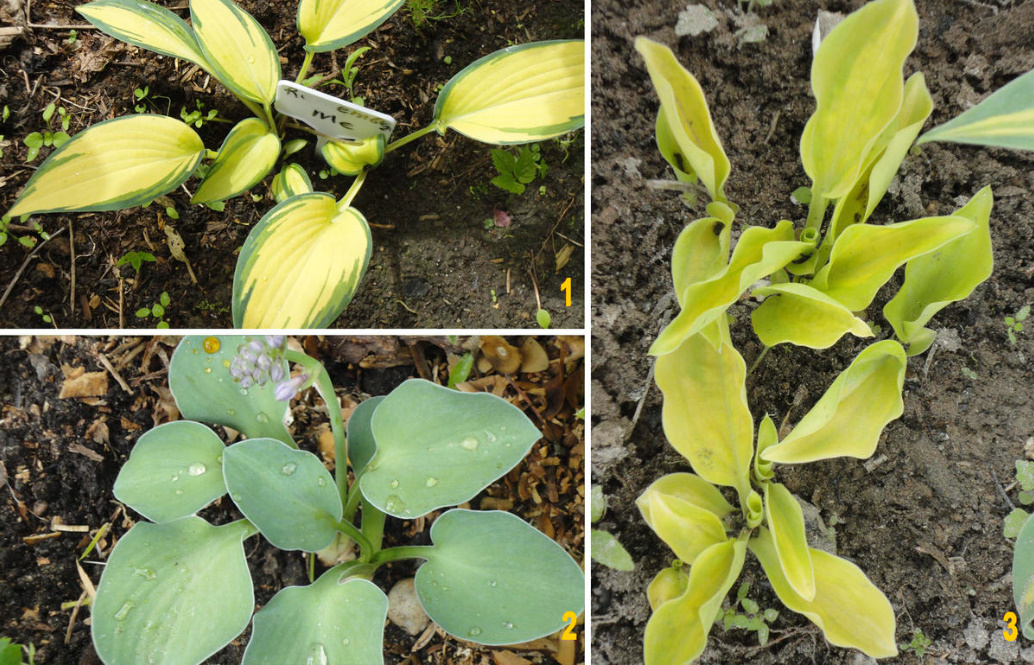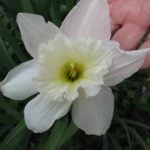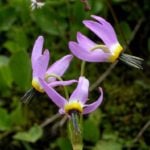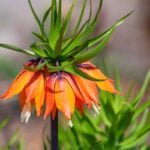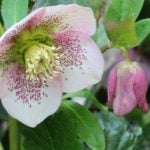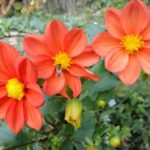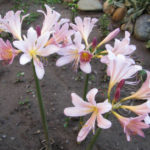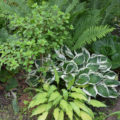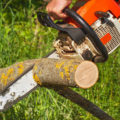Hosta is famous for its unpretentiousness. This wonderful plant really will not cause much trouble to the gardener. However, in order for the host to live comfortably in your garden, and you will not have any problems in the future, she needs to provide all the necessary conditions: the right planting site, appropriate care and attention. I want to share my personal experience of growing a host and the results of some of my own observations and experiments.
Accommodation in the garden
The key point in the agricultural technology of the host, which determines the success of their cultivation in the garden, is the right planting place. Recall that they come from China and Japan, where they are found on light forest edges or along the shores of reservoirs — this explains their requirements for the place of growth. Most hosts are shade—loving plants. But this does not mean that they will successfully develop in the dense shadow of buildings. For them, however, a light, sliding shadow from trees and shrubs is preferable.
Placement in the garden largely depends on the variety. Blue hosts should definitely be planted in more shaded places where they can show their splendor to the fullest. When planted in the sun, the wax layer on the leaves (to which they owe their extraordinary beauty) will melt and quickly disappear, and the plants themselves will turn into unremarkable ordinary extras. In my garden, I try to plant blue hosts on the north side of the house, where they get only a few hours of sunset.
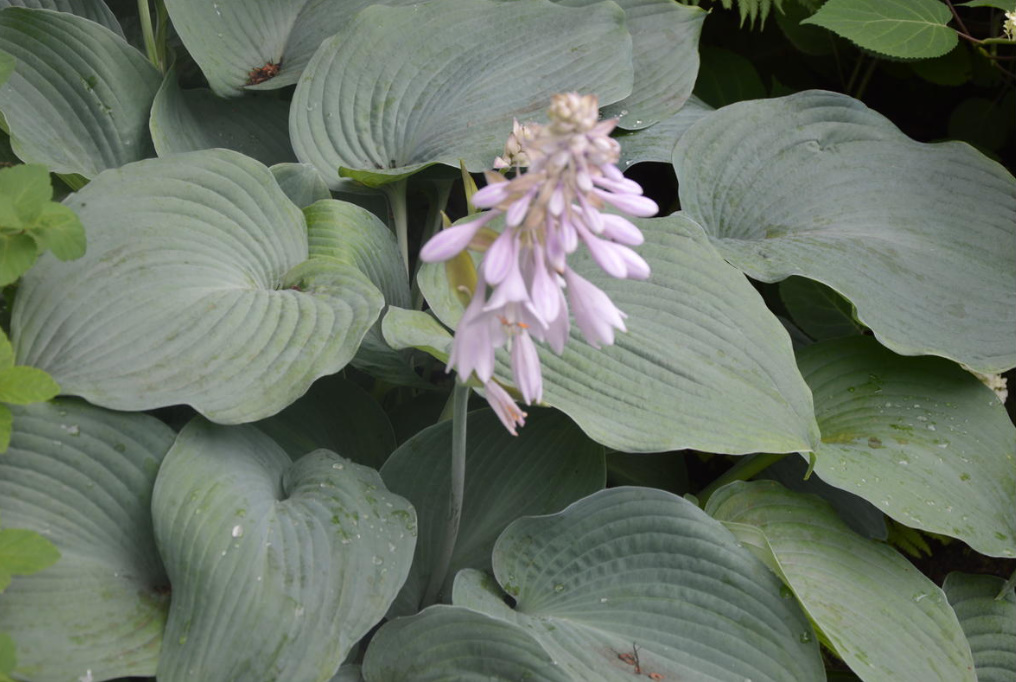
With yellow hosts, everything is somewhat more difficult. For some lutescent (yellowing) varieties, bright sunlight is simply necessary for them to fully show their beauty. For others — it is necessary to observe. I noticed, for example, that the hosts ‘Fire Island’, which was fried in the morning sun, began to burn the edges of the leaves, and it had to be transplanted to a more shaded place. And another specimen of the same variety (her twin) felt great in the light shade of a nearby Trollius.
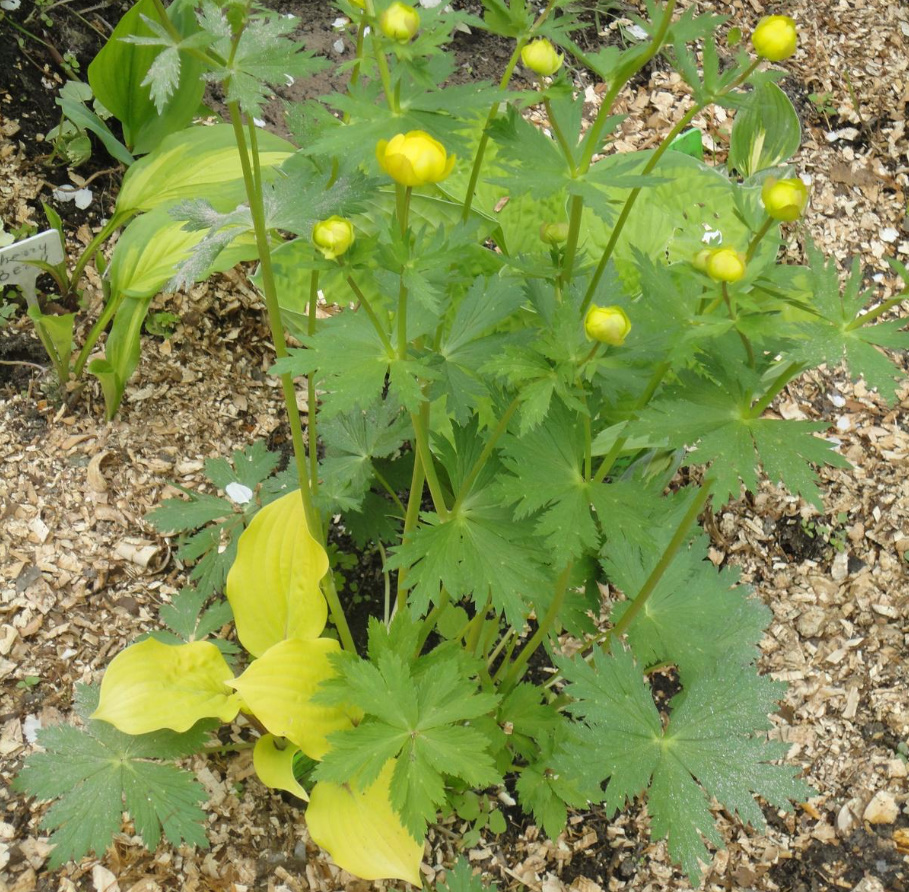
The host ‘Invincible’ with shiny reflective leaves is considered tolerant to the sun, but I just had her writhing from the heat — I had to urgently look for a new place for her. In a more suitable environment, she settled in and became prettier.

Cultivation
The agrotechnical requirements of this crop are due to its origin, hence the rules of care. To begin with, it should be emphasized that hosta is a plant of well—cultivated soils, that is, it will develop successfully only in a mature garden, where the soil has been cultivated for more than one year, weeds are being combated, beds and flower beds are being watered down, systematic pest control of the garden is carried out. It is useless to plant it on virgin land: perennial weeds will suffocate. The site must be drained: the hosta will not tolerate stagnation of flood and rain waters.
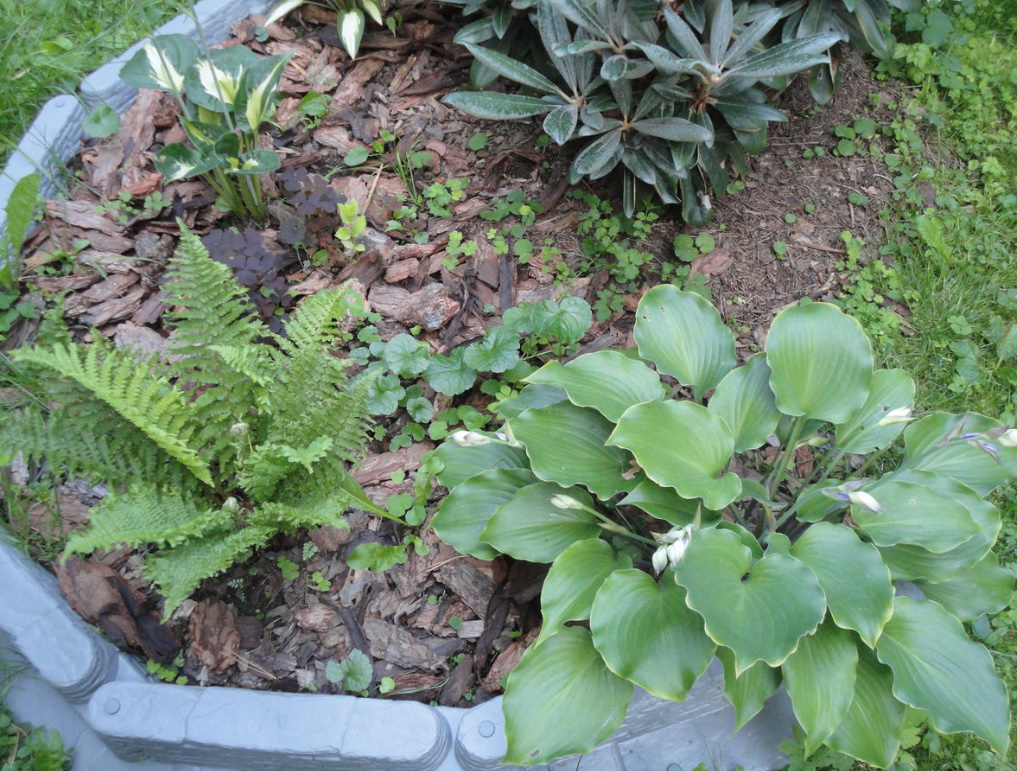
Landing
The hole for planting a swarm is not so much deep as wide. Its size depends on the category of hosts — a more spacious one is prepared for large instances. As usual, in the middle of the hole we make a cone from the ground. We seal it so that after landing the host is not dragged deep — the neck should remain strictly at the level of the ground surface. We straighten the roots, make sure that they do not bend upwards. If the roots are too long, wrap them around the circumference.

The soil for planting should be neutral or slightly acidic. Since we plant for more than one year, the substrate must be sufficiently fertile, with a high content of organic matter — sapropel, vermicompost or garden compost. Manure, even rotted, is better not to use. The presence of peat is mandatory, which provides the hosts with the necessary moisture capacity of the soil. I do not use mineral fertilizers when planting — only a handful of ash as a source of trace elements. Hosts should be necessarily mulched with peat or compost, this preserves the optimal soil moisture. This should be done before they open their leaves.
Care
Care in the first season after planting is simple and comes down to watering in hot weather. It should be watered exclusively under the root, trying not to get a jet on the leaves. This is especially true for blue hosts, whose wax layer is easily damaged.
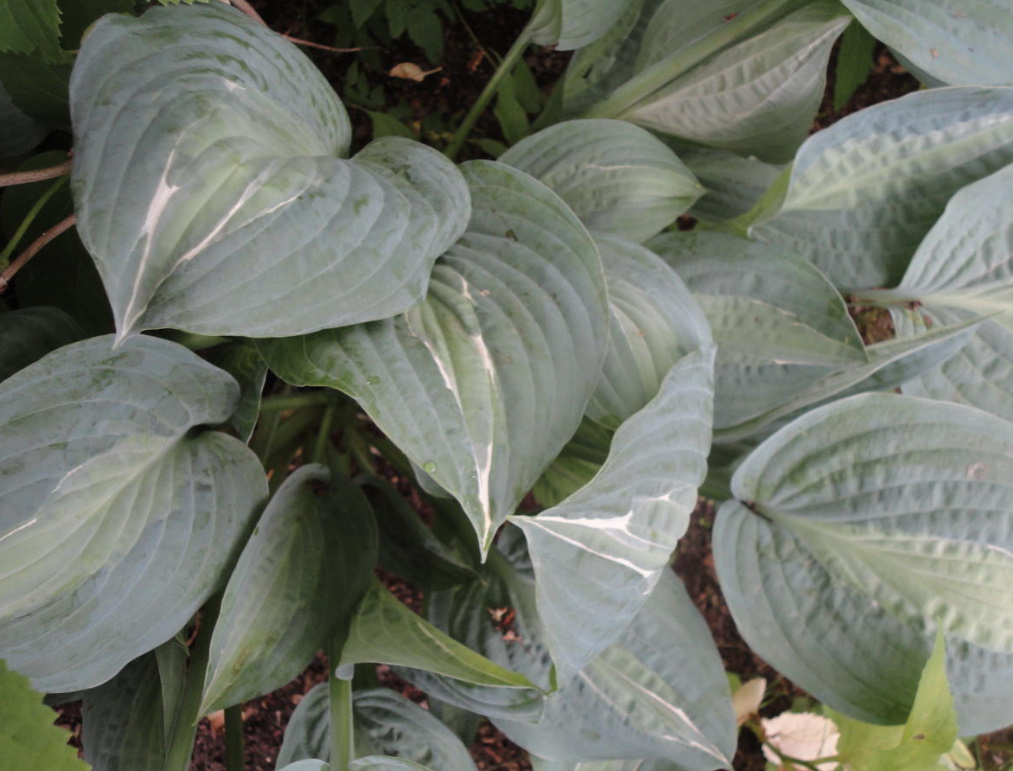
In the future, watering is minimized and carried out only in extremely hot seasons. Water should be taken from the barrel. Special attention is paid again to baby hosts: they have a weak root system, and they are hard going through dry periods, so they need to be watered regularly.
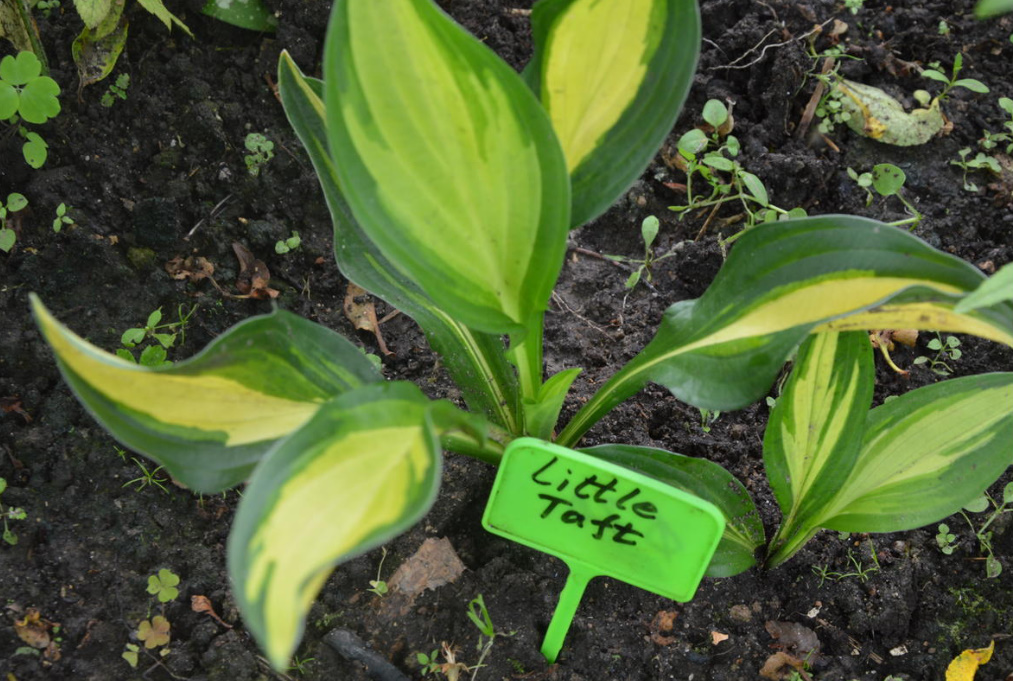
Host division
Hosta is a long—lasting plant that does not require frequent transplanting or division. It is characteristic that its decorative effect is only increasing every year. This plant fully shows its qualities only after 5-6 years, so it is not worth touching it in vain, especially since it grows evenly along the perimeter and when trying to roughly chop off a part with a shovel, it will certainly lose its ideal shape.

If commercial goals are not pursued, and the beauty of the plant is put at the forefront, then for hosts, with its compact root system, division turns into a rather barbaric procedure. If you still have a desire to share with a neighbor or exchange a variety with another collector, then in this case you can try to carefully separate one sprout with a sharp knife. Then it should be deeply dug so as not to damage the roots that exist in each fragment of the plant. This is essentially a real surgical operation done strictly during the limited period when the hosta blooms its leaves. In all other cases, the process of separating the fragment will be much more traumatic. This sprout is immediately placed in a pot with earth so that the roots do not have time to dry out.
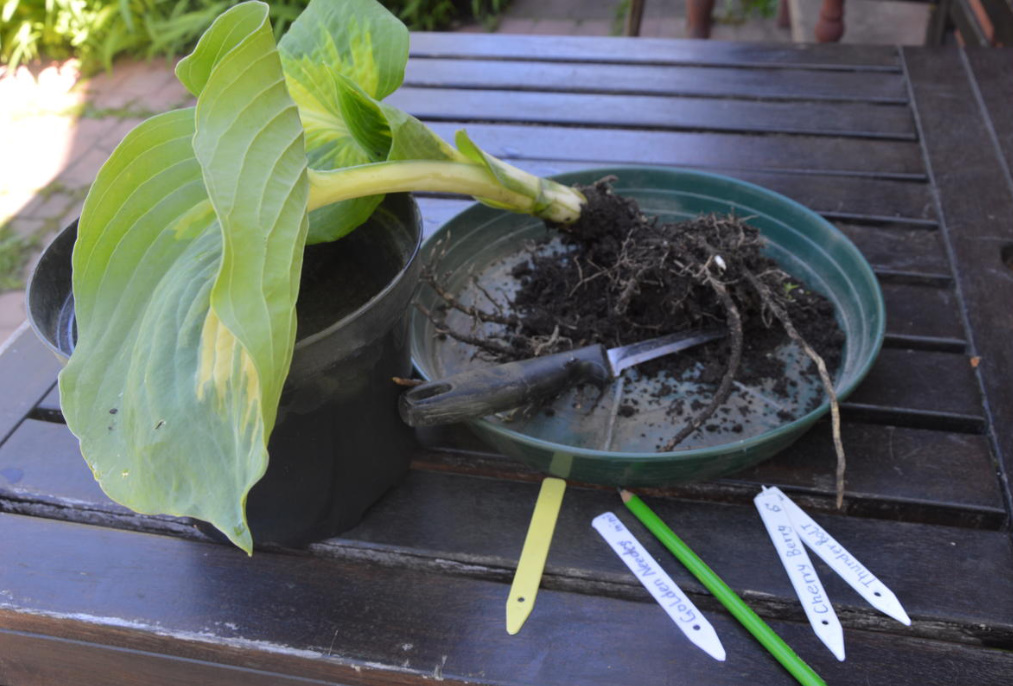
At the same time, watching my own hosts, I noticed that in some varieties the bush has a rather loose shape and consists of several sockets located at some distance from each other. In such cases, it will not be difficult to separate the fragment from the mother plant. This applies, for example, to such varieties as ‘Blue Mouse Ears’, ‘Cherry Berry’, ‘Ground Master’, ‘Maraschino Cherry’, ‘Little Tuft’, ‘Marrakech’, ‘Remember Me’.
